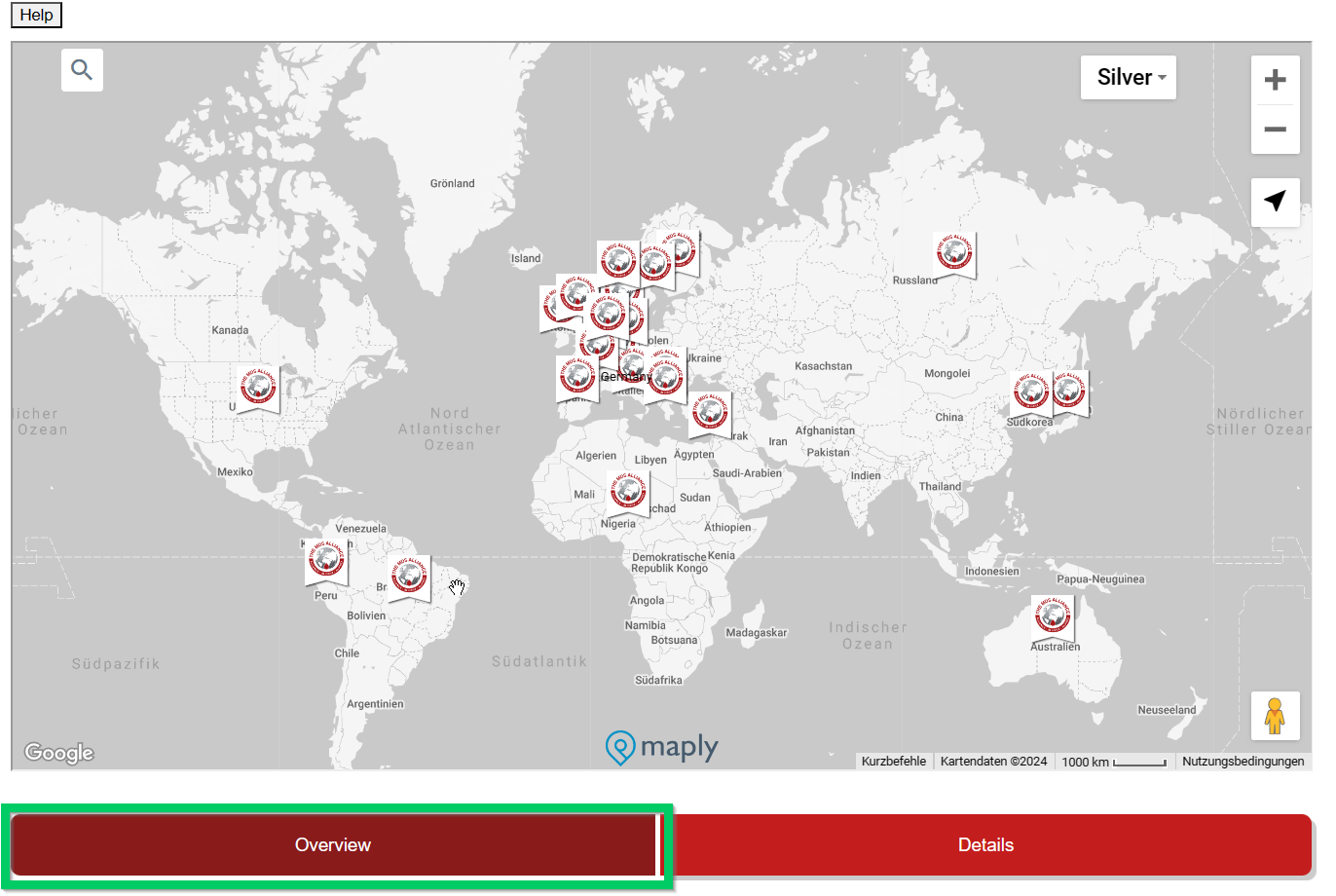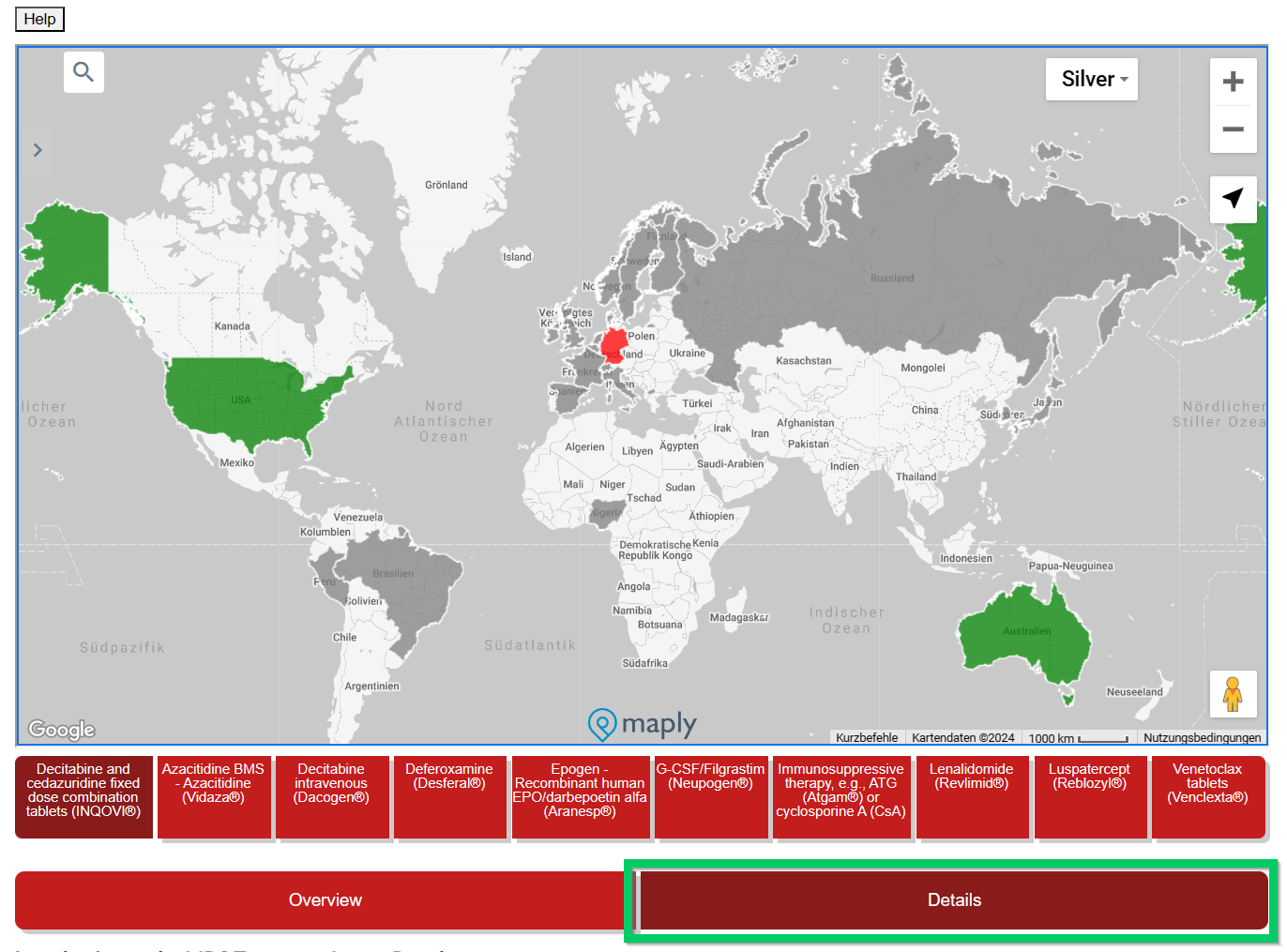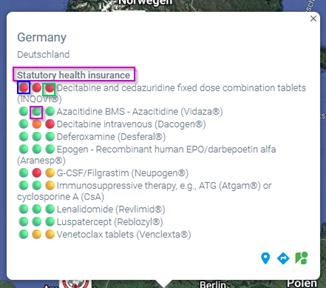You can find detailed information by following this link.
What is MDS?
Myelodysplastic syndromes (MDS) are a group of blood disorders that affects the bone marrow, which is the soft inner part of the bones that produces blood cells. In MDS, the bone marrow produces abnormal or immature blood cells that are unable to perform their normal functions, leading to a reduction in the number of healthy red blood cells, white blood cells, and platelets. This can result in anaemia (low red blood cell count), infections, easy bruising or bleeding, and fatigue.
MDS can be caused by a variety of factors, including radiation exposure, exposure to certain chemicals, and a history of certain cancers or treatments. It is also more common in older people, and some forms of MDS are associated with an increased risk of developing acute myeloid leukaemia (AML).
Diagnosis of MDS typically involves a complete blood count, bone marrow biopsy, and genetic testing. Treatment options can include blood transfusions, medications to stimulate the bone marrow to produce more blood cells, and bone marrow transplantation in severe cases. The specific treatment approach will depend on the type and severity of the MDS, as well as the patient’s overall health.
The symptoms of Myelodysplastic syndromes (MDS) can vary depending on the type and severity of the disorder, but some common symptoms include:
1. Fatigue and weakness: Due to a low red blood cell count (anaemia), patients may experience tiredness and fatigue.
2. Shortness of breath: Anaemia can also cause shortness of breath, especially during physical activity.
3. Bruising or bleeding easily: A low platelet count (thrombocytopenia) can lead to easy bruising and bleeding, including nosebleeds, bleeding gums, and heavy menstrual periods.
4. Infections: A low white blood cell count (neutropenia) can increase the risk of infections, which can be severe and frequent.
5. Pale skin: Pale skin is a common symptom of anaemia.
6. Abnormal bleeding: MDS can cause abnormal bleeding, including petechiae (small red or purple spots on the skin), and ecchymosis (large bruises).
7. Bone pain: MDS can affect the bone marrow, causing pain and tenderness in the bones.










 This overview is interactive and detailed information is displayed by moving the mouse. Under the country name there is a (pink) reference to the health insurance system (if known) in this country.
This overview is interactive and detailed information is displayed by moving the mouse. Under the country name there is a (pink) reference to the health insurance system (if known) in this country.


